Past Event: Nov 09, 2023
Retrouvez Boxfusion Consulting lors de l’événement Oracle Applications Unlimited Days, en France
1 min read

Author: Chris Trueman
3 min read
This post is the second in a two-blog series exploring four strategic approaches available to CIOs to drive innovation in a Siebel-based architecture.
The third strategy takes the form of maintaining the core Siebel back-end, with its impressive data quality capabilities and industry-specific workflows, as the system of record while migrating key functional areas to modern Cloud-based CX applications.

There are multiple scenarios where the functionality in modern Cloud platforms may have the edge on Siebel. Just taking Oracle’s own Oracle CX Cloud as an example:
1) Enabling marketing excellence by utilising Oracle Eloqua rather than Siebel marketing
2) Delivering leading levels of service, through the introduction of Oracle Service Cloud and its omnichannel capabilities

This strategy provides for a gradual shift to the Cloud, at low risk and medium cost/time.
Worth also mentioning - where functionality previously provided by Siebel is replaced by Oracle CX Cloud, Oracle provide Customer2Cloud incentives to offset the costs of Cloud subscriptions.
For many years, Panasonic Manufacturing utilised Siebel’s modules to support sales, service and marketing across EMEA. Over a 3 year period, and with Boxfusion's support, Panasonic moved to using Oracle Eloqua for marketing, Oracle Engagement Cloud for sales automation, and Oracle Service Cloud for global customer service.

Siebel was maintained at the centre of the architecture. Its strengths in customer data management continued to be leveraged, and Panasonic was able to take advantage of modern capabilities while avoiding the risk of a full system rip-and-replace.
Since then, Panasonic have then been able to extend their architecture with complementary Cloud - introducing Partner Relationship Management, and leveraging Visual Builder to create true systems of differentiation for their industry.
Under this strategy, Siebel itself is migrated to Cloud IaaS in the first instance, providing a quick and low-risk replatforming and achieving near-term strategic goals of shifting to the Cloud.
Siebel modules are then migrated, per the priorities of the business, onto Cloud equivalents in a phased approach over the period that follows, enabling a relatively rapid uptake of modern CX innovations, again at relatively low risk.

At any point, complementary Cloud services - such as Subscription Cloud, Internet of Things, and industry-specific Cloud applications built with Visual Builder - can be plugged in to further extend the solution beyond its original functional boundaries.
Ultimately both this and the third strategy provide for a structured approach to readying the architecture - and the organisation - for a complete off-ramp off Siebel in future.
With business stakeholders crying out for more agility, usability and modern functionality to enhance CX, CIOs have to act.
For those with Siebel, addressing the demands of the business for innovation, while also ensuring that near-term objectives are met and avoiding putting the business at unnecessary risk, is a balance that has to be achieved.
Despite what many may say, it does not need to be the cliff edge of rip-and-replace.
This article has explored four practical, viable strategic approaches, ranging from the quick-win keep-and-invest through to the medium-term phased offramp from Siebel onto modern Cloud solutions.
Each will work for different organisations, with different imperatives and who are at different stages of the lifecycle of their architecture and their Cloud-readiness.
And there is nothing to stop a CIO starting with a more incremental strategy, and evolving to a more-complete "replacement" strategy as budgets become available.
If you’re a CIO wondering where to go next with Siebel, please do contact us for a discussion. We’d be happy to have a chat about the opportunities, pitfalls and lessons-learned of the options available.
1 min read
5 min read
5 min read